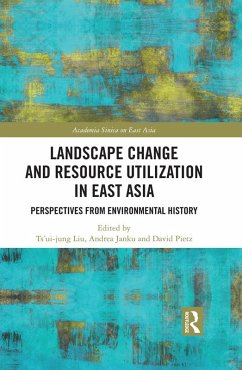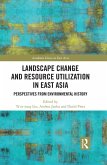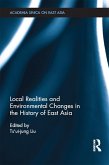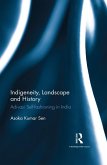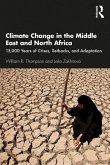The eleven chapters, written by an international team of leading scholars, provide analysis of a wide range of spatial, temporal, and thematic considerations. Seeking to use the concept of landscape to evaluate the opportunities and constraints faced by East Asian communities, it also explores the relationship between landscape transformation and human agency. In so doing, it aims to survey the current methodology and scholarship in the field and demonstrate a new approach which encompasses socio-economic and cultural history, as well as GIS-based geographical studies.
Providing an in-depth examination of landscape change across the sub-regions of China and Japan, this book will be useful to students and scholars of Asian History and Environmental Studies.
Dieser Download kann aus rechtlichen Gründen nur mit Rechnungsadresse in A, B, BG, CY, CZ, D, DK, EW, E, FIN, F, GR, HR, H, IRL, I, LT, L, LR, M, NL, PL, P, R, S, SLO, SK ausgeliefert werden.

